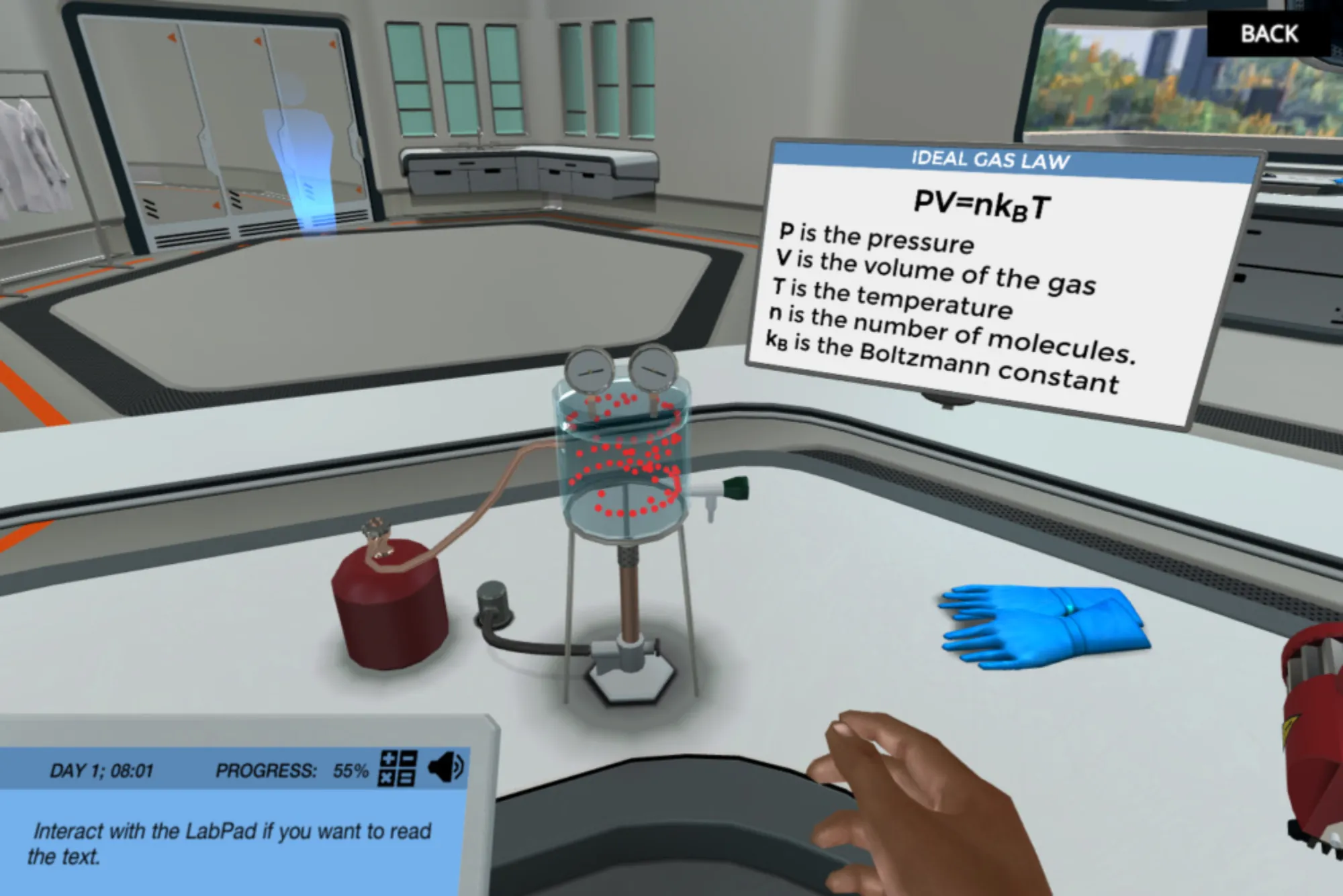In today’s fast-paced industries, efficiency and accuracy are paramount, especially in chemistry and laboratory work. One tool increasingly adopted by professionals in Pakistan and beyond is the dilution ratio calculator. This solution not only saves time but also reduces costly errors in preparing chemical solutions. By leveraging such calculators, organizations and educational institutes are able to streamline workflows, ensuring consistent results across experiments and production lines.
Understanding the Dilution Ratio Calculator
Quick Answer: A dilution ratio calculator helps determine the correct proportions of solute and solvent for desired solution strength.
A dilution ratio calculator is an essential tool for chemists, educators, and laboratory technicians. It automatically calculates the concentration of solutions by using precise formulas, eliminating guesswork. For instance, a lab in Karachi used the calculator to standardize reagents across multiple chemistry classes, improving accuracy by over 20% in one semester.
Benefits include:
-
Reducing human error in mixing chemicals
-
Saving time on manual calculations
-
Supporting standardized experimental results
How It Boosts Productivity
Quick Answer: Automation of concentration calculations saves time and reduces operational errors.
By streamlining calculations, the dilution ratio calculator allows lab personnel to focus on experimentation rather than repetitive math. Industries in Lahore and Faisalabad implementing this tool reported that staff could complete daily solution preparations up to 30% faster. The calculator is particularly helpful in high-volume labs where multiple solutions must be prepared simultaneously.
Types of Dilution Calculations
Quick Answer: Dilution calculators handle simple and complex solution scenarios efficiently.
Whether it’s a simple 1:10 dilution or a multi-step preparation, the calculator can:
-
Compute final concentrations for stock solutions
-
Adjust volumes for scaled experiments
-
Provide error-free results for educational demonstrations
This versatility makes it a reliable tool for both academic labs and industrial chemistry applications.
Using a Solution Concentration Calculator for Accuracy
Quick Answer: A solution concentration calculator ensures precise measurement of chemical solutions.
Tools like the solution concentration calculator allow users to input initial concentrations and desired final concentrations, instantly generating accurate dilution values. This avoids costly mistakes in pharmaceutical labs and ensures regulatory compliance.
Case Example: A university in Islamabad integrated this calculator into their chemistry labs, which helped students consistently achieve correct concentrations during practical sessions.
Benefits for Educational Institutions
Quick Answer: Students and teachers benefit from efficiency and accuracy improvements.
Educational institutes in Pakistan, including Lahore University of Management Sciences (LUMS) and the University of Karachi, are adopting accurate and simple calculators collection for lab courses. These tools:
-
Reduce manual errors
-
Allow real-time verification of results
-
Encourage hands-on learning without compromising safety
Accurate and simple calculators collection provides a suite of tools that are easy for students and educators alike.
Industry Applications Across Pakistan
Quick Answer: Industries use dilution calculators for quality control and process optimization.
From chemical manufacturing in Faisalabad to biotech startups in Karachi, dilution ratio calculators are improving operational efficiency. They assist in:
-
Standardizing product concentrations
-
Maintaining safety standards
-
Reducing resource wastage
Expert Insight: Dr. Saima Riaz, a leading chemist in Lahore, notes, “These calculators are transformative for both education and industry—they reduce human error and improve consistency significantly.”
Integration With Digital Solutions
Quick Answer: Integration with IT services enhances laboratory management.
Modern laboratories are increasingly combining dilution ratio tools with professional IT services in Pakistan to automate workflows, maintain digital records, and track reagent usage. This digital shift aligns with government initiatives like the National Technology Fund and youth-focused IT training programs across Punjab and Sindh, empowering students and startups to innovate efficiently.
Tips for Effective Use
Quick Answer: Simple practices ensure maximum accuracy and efficiency.
-
Always calibrate lab equipment before use
-
Double-check input values for concentration and volume
-
Keep a digital record of calculations for auditing purposes
-
Train staff and students on best practices with calculators
FAQs
1. What is a dilution ratio?
A dilution ratio expresses the proportion of solute to solvent needed to achieve a desired concentration.
2. Can these calculators be used for pharmaceuticals?
Yes, they are widely used in labs to ensure precise dosages and concentrations.
3. Are these tools available online?
Yes, platforms like NeedCalculator.com provide accurate and simple calculators collection.
4. How do these tools improve lab safety?
By reducing manual errors, they minimize the risk of chemical mishandling and incorrect mixtures.
5. Is training required to use a dilution ratio calculator?
Basic familiarity with lab measurements is sufficient; most tools are user-friendly.
6. Do industrial labs in Pakistan use these calculators?
Yes, from chemical manufacturing units to biotech startups, these calculators are widely adopted.
7. Can students benefit from them?
Absolutely—students can improve practical skills and accuracy in experiments.
Final Thought
From my experience working with educational institutions in Karachi and Faisalabad, the integration of Dilution ratio calculators has been a game-changer. Not only does it enhance accuracy and efficiency, but it also encourages a culture of scientific rigor and innovation. With Pakistan’s growing focus on youth-driven tech and STEM initiatives, these calculators, paired with digital IT services, are equipping the next generation of scientists and professionals to meet global standards.




